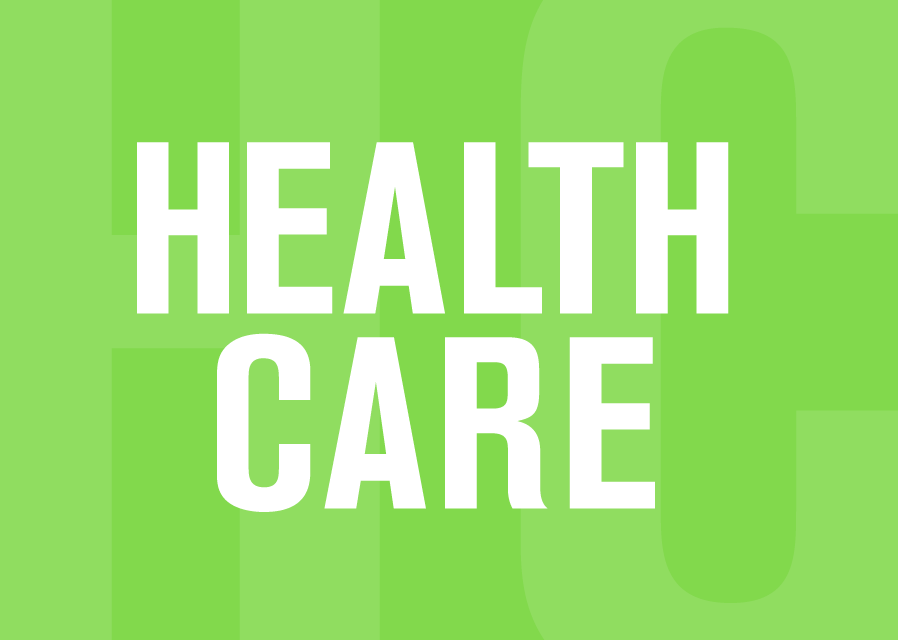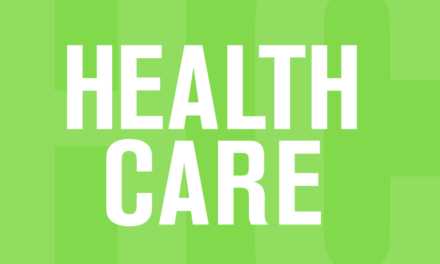Although polling has found that it ranks as one of the top issues for voters, health care has received little attention during the current federal election campaign.
As Global News reported last week, a poll by Ipsos found that 35 per cent of respondents rated health care among their top three election issues, ahead of climate change at 29 per cent and affordability and taxes, tied at 26 per cent.
The public opinion finding gave weight to complaints from doctors and other health professionals who lamented the absence of health from the list of topics chosen to frame the five segments of the Oct. 7 English-language leaders’ debate.
The fact that health care was not assigned a specific slot for the debate didn’t mean it couldn’t be raised. But the discerning viewer who endured the two hours of insults and cross talk that dominated the debate could have guessed why the issue has disappeared during the campaign – the two leading party leaders have no interest in discussing it.
The NDP and Green leaders were able to overcome the restrictive format to talk about health policy and their plans for pharmacare and dental coverage. But aside from Trudeau’s fantastical claim during the debate that his government signed “historic health accords with massive investments in home care and mental health” he and Scheer stayed away from the subject.
A glance at their platforms would explain why – since there is little to choose between them, there’s no political advantage to be gained by talking about health.
Both deficient
Well before the campaign started Scheer protected himself on the issue by pledging to increase health transfers to the provinces by at least three per cent a year. That’s largely in line with the current deficient formula – annual increases limited to growth in the economy – introduced by the Harper government and continued under the Liberals. Scheer’s Conservatives also gave a nod to a familiar bugbear, wait times, promising to top up the transfers with $1.5 billion for new MRI and CT machines.
The Liberals, keepers of the Harper formula, are out-bidding the Conservatives on targeted transfers with a promise of up to $6 billion over four years to be split between putting a “down payment” on national pharmacare and – good luck with this one – ensuring everyone has access to a family doctor. But even if the Liberals keep those modest spending commitments, their failure to restore health transfers to the six per cent annual increases prevailing from 2004 to 2016 means a significant reduction in the federal government’s contributions to rising health costs.
Trudeau’s “massive investments” in home care and mental health are anything but. Spending on those commitments from the Liberals’ 2015 platform has averaged only about $250 million a year over the past four years. Expenditure on those programs is budgeted to increase to $1.3 billion next year. But as the table shows, combining that commitment with the spending on family doctors and pharmacare promised in the 2019 platform would leave spending at the end of a four-year mandate some $15 billion short of what it would have been if the six per cent escalator been retained after 2017. The shortfall would be even higher with the Conservative plan.
| Year | GDP+targeted (billion$$) | 6 per cent escalator (billion$) | Annual Shortfall (billion$) |
|---|---|---|---|
| 2017-8 | 37.45 | 38.23 | 0.78 billion |
| 2018-9 | 39.48 | 40.53 | 1.05 |
| 2019-0 | 41.47 | 42.96 | 1.49 |
| 2020-1 | 43.84 | 45.53 | 1.66 |
| 2021-2 | 46.50 | 48.27 | 1.77 |
| 2022-3 | 47.71 | 51.17 | 3.46 |
| 2023-4 | 49.28 | 54.24 | 4.96 |
| Total Shortfall 2017-2024 | NA | NA | 15.17 billion |
| Source: Finance Canada Budget documents My calculations |
Failing to increase provincial transfers above the levels established by the Harper Conservatives threatens to leave many provinces in dire fiscal straits. As discussed here, the most recent report on fiscal sustainability from the Parliamentary Budget Office projects that demographics and health costs, combined with the current transfer formula, will force most provincial governments to choose between service cuts, tax increases or soaring debt.
Instead of increasing transfers to prevent that, both the Liberals and Conservatives moved in the opposite direction, cutting taxes and federal revenues while leaving the provinces to pay a larger share of health costs. No surprise, therefore, that the two front-runners are content to let the health issue slide under the radar.
More talk likely
The NDP and the Greens have been much more interested in talking about their health platforms. They may get more opportunities in the days and weeks ahead.
The latter have promised a fully federally-funded $27-billion pharmacare plan, dental care and needs-based provincial transfers escalating at 5.2 per cent annually. But the Green platform is so fiscally shaky -highly uncertain revenue increases and a balanced budget in three years – that it’s hard to put much stock in its spending commitments.
The NDP’s $10-billion a year pharmacare plan looks more doable, building upon existing provincial drug plans. The party platform makes no commitment to changing the transfer formula, while noting that programs such as pharmacare “will help to relieve the fiscal sustainability squeeze impacting the vast majority of Canadian provinces.” That acknowledgement, plus $10 billion in pharmacare funding, is a good start towards addressing the $15 billion shortfall.
Given the likelihood that neither of the big parties will win a majority, and with Jagmeet Singh putting pharmacare and public dental care at the top of the list of the NDP’s six post-election priorities, health issues could soon be receiving some of the attention that’s been lacking during the campaign.
-30-





